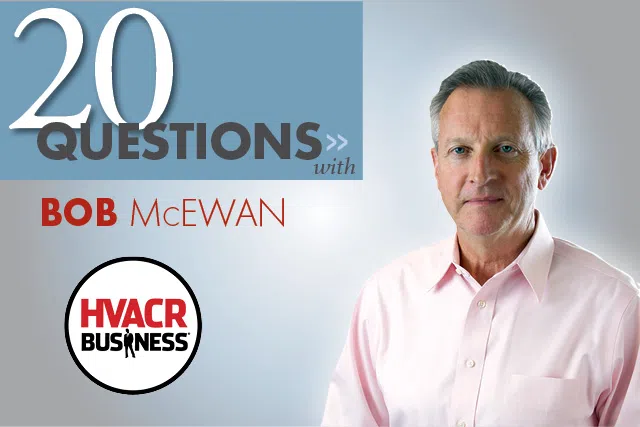Identifying and cultivating the next generation of leadership stars is a significant challenge for many organizations. Companies know they have to do it, but figuring out just how is the real mind teaser.
No doubt that's why 31 percent of companies cite "identifying future leaders" as their biggest concern.
Before you leap into action, wildly anointing your next crop of leadership talent, keep in mind that quality, not quantity, is the key to putting the future of your company in the right hands.
Spotting the next generation of leadership talent is trickier than it seems, since current performance may not correlate to future potential in leadership roles. Leadership is about being able to make a connection, influencing others and building a community around yourself. Often, the actions that spring from those abilities don't shout. They whisper.
They are the small, subtle but critical actions that build on themselves daily. And if you're looking for them, you'll get your clues as to the people to whom you might want to pay close attention.
Do they hold the door open?
People who are as considerate of the cleaning staff in your building as they are of the senior vice president display a high level of human connection that will serve them well in a leadership role.
Look for people who send messages of sympathy or congratulations when colleagues experience a significant life event, who know your kids' names and who compliment a teammate's new hairstyle. Connection and trust build over time and daily acts of consideration go a long way in creating both.
Do they favor face-to-face communication?
While it's amusing to talk about how tough it is not to be able to look at your messages because you've been forced to put your phone in a pile in the middle of the lunch table, people with star potential easily unplug when the option is to have a face-to-face uninterrupted conversation. Look for people who instinctively put away their technology when talking to others.
Do they jump into action when help is needed?
Effective leaders roll up their sleeves and do what needs to be done, even if the task is seemingly menial.
I once watched a female executive race to clean up a drink she had spilled while a male executive sat at the table laughing at the scene. That small moment was a big red flag of poor leadership potential despite a strong performance record.
Look for people who leap into action when an opportunity to help others arises. It's a great indication that they can feel others' pain and they will act in a way that puts others in front of their own comfort and self interest.
Do they pay attention to the needs of their co-workers?
Here's an example: I had flown 10 hours to London to meet with a team of senior executives I didn't know. I was feeling the effects of jet lag but didn't say anything. The managing director quietly got up from his chair mid meeting and adjusted the thermostat. I looked at him as if to say, "thanks, how did you know I was freezing?"
He just said, "I know sometimes when one flies a long distance, their body temperature is low so I just wanted to make sure you were comfortable."
A good leader notices the needs of their people and takes action.
Do they have an experimental nature?
Look for subtle clues that your people are willing to experiment. If they have a playful fashion sense, enjoy trying new foods or favor unusual vacation destinations, it's likely they're open, flexible and creative — all valuable leadership traits that can be hard to identify in day-to-day work. It's not a one-size-fits-all world and people who are willing to experiment are ones to watch.
Develop your eye for spotting these everyday micro actions that indicate high potential, and you'll be primed to cultivate the next generation.
 Sandi Coryell is a speaker and leadership consultant who works with leaders to bring out the best in their teams and themselves so that they can improve their creativity, teamwork and bottom line. For inquiries, please contact her at 818-288-3483 or email at sandicoryell@thecoryellgroup.com.
Sandi Coryell is a speaker and leadership consultant who works with leaders to bring out the best in their teams and themselves so that they can improve their creativity, teamwork and bottom line. For inquiries, please contact her at 818-288-3483 or email at sandicoryell@thecoryellgroup.com.


 Sandi Coryell is a speaker and leadership consultant who works with leaders to bring out the best in their teams and themselves so that they can improve their creativity, teamwork and bottom line. For inquiries, please contact her at 818-288-3483 or email at
Sandi Coryell is a speaker and leadership consultant who works with leaders to bring out the best in their teams and themselves so that they can improve their creativity, teamwork and bottom line. For inquiries, please contact her at 818-288-3483 or email at 


